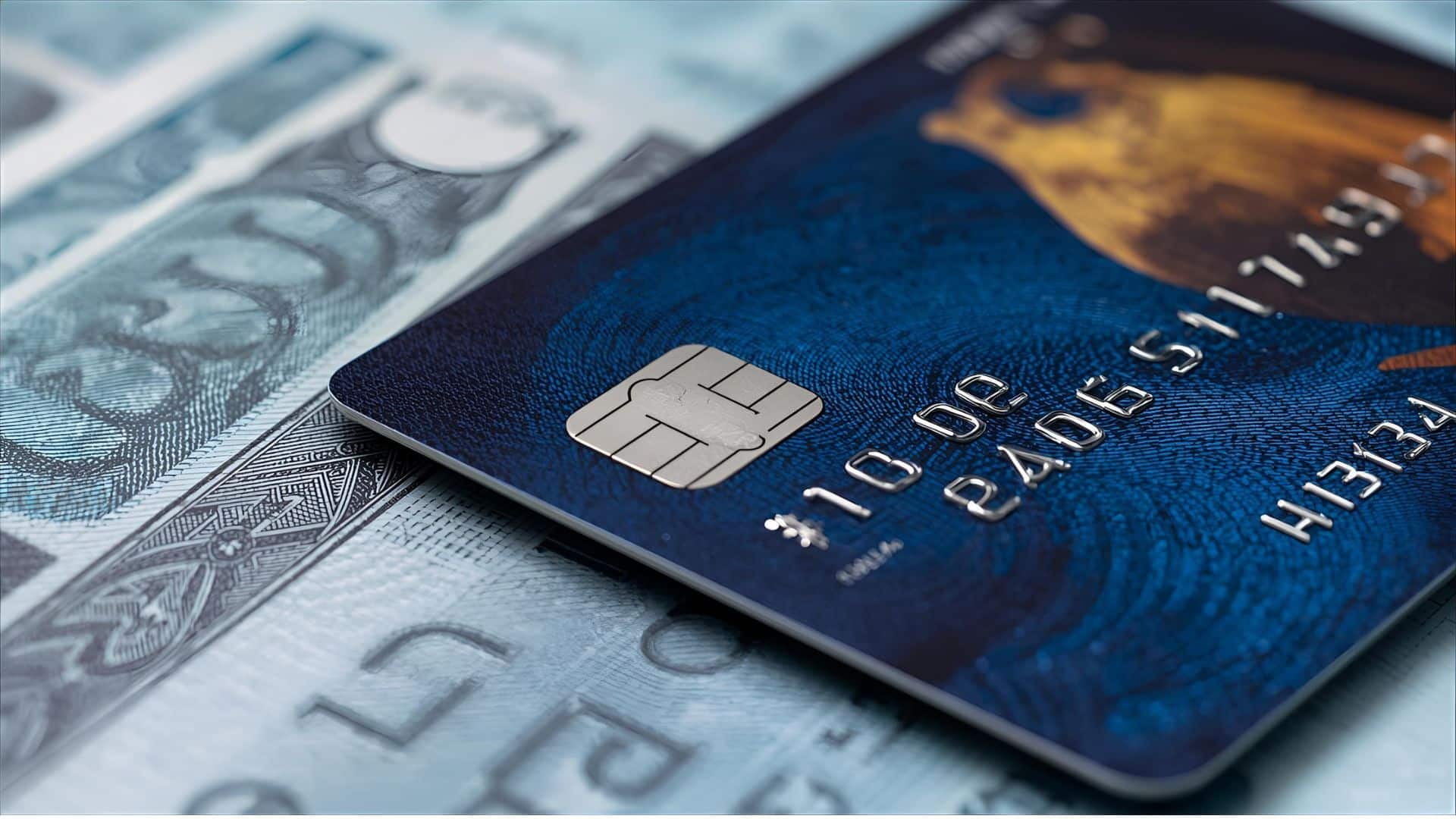Anúncios
Have you ever swiped your card abroad, only to find puzzling extra charges on your statement? Those extra charges are likely credit card foreign transaction fees. They can creep up on you if you’re not careful, but the good news is that there are easy ways to minimize or even avoid them. Below is a step-by-step guide to help you understand how these fees work, compare different options, and make smarter payment choices when you travel.
Understand credit card foreign transaction fees
Foreign transaction fees typically hover around 1% to 3% of the purchase amount. These fees help card issuers offset the cost of processing international transactions. While 3% might sound small, it adds up if you’re doing a season’s worth of online shopping from international retailers—or grabbing dinner at a trendy café in Paris. Here’s the bottom line: the more you spend abroad, the more attention you should pay to these fees.
Why these fees exist
- Currency conversions: Payment networks (like Visa or Mastercard) convert currencies, which costs money.
- Risk mitigation: International payments can carry higher fraud risk, so issuers charge fees to offset that.
- Administrative costs: Handling disputes and overseeing security checks for foreign payments accounts for part of these charges.
Common cost ranges
- Most cards charge around 1% to 3%.
- Some issuers don’t charge any fee at all.
- Rarely, you might find cards that charge up to 5%, so reviewing the fine print is crucial.
(Imagine a snapshot of a traveler paying for coffee in a local currency—this is where those fees could quietly appear.)
Check your card’s fees
Not all credit cards are created equal when it comes to international costs. Before you head off on your next adventure (or click “submit order” on a foreign website), dig into your card’s terms to see exactly what you’re facing.
Where to find details
- Cardholder agreement: Look in the “Pricing and Terms” or “Rates and Fees” section.
- Issuer’s website: Some banks list foreign transaction fees on their FAQ pages.
- Customer service line: When in doubt, call and ask.
If you find that your fees are higher than you’d like, consider reviewing other costs associated with your card, like credit card annual fees or credit card cash advance fees. Each of these can affect your overall expenses—especially if you travel or shop internationally often.
Compare popular credit cards
If high fees are weighing you down, you have options. Some major issuers provide cards with low or zero foreign transaction fees. Here’s a quick comparison table for an at-a-glance look:
| Issuer | Typical Fee Range | Known No-Fee Options |
|---|---|---|
| Capital One | 0% across all cards | All Capital One credit cards |
| Discover | 0% for all cards | All Discover credit cards |
| Chase | 1%-3% | Chase Sapphire Reserve®, Chase Sapphire Preferred® |
| Bank of America | 1%-3% | Bank of America® Travel Rewards |
| American Express | 2.7%-3% (varies) | Premium travel cards often have no foreign fees |
If you’re also curious about other charges that affect your wallet at home, check out credit card interest rates or credit card balance transfer fees to get the bigger picture.
Follow these steps to avoid extra fees
Below is your game plan for dodging or limiting foreign transaction fees. It works whether you’re backpacking through Europe, traveling for work, or ordering a cool gadget from an overseas retailer.
1. Consider a no-foreign-fee credit card
The simplest approach is to pick a card with zero foreign transaction fees. Issuers like Capital One and Discover are known for offering this benefit across many of their products. If you’re aiming to avoid fees altogether while still earning travel rewards, keep an eye on the big names, including Chase and Bank of America. For a regularly updated list of no-fee cards, check The Points Guy for detailed comparisons.
2. Always pay in local currency
When you’re at a store overseas, the cashier might ask if you want to pay in U.S. dollars instead of the local currency. This process is known as Dynamic Currency Conversion. It might seem handy, but it usually results in unfavorable exchange rates plus potential fees. Always select the local currency to sidestep extra markups.
3. Decline Dynamic Currency Conversion
At some retailers, you’ll see a pop-up on a card reader asking you to convert your charge into dollars. Politely decline. Even with a no-foreign-fee card, DCC can inflate the final cost. Stick to the local currency to get a more accurate rate.
4. Watch out for ATM fees
If you withdraw foreign cash, you might face two sets of fees: one from your bank and another from the overseas ATM. Some banks waive these fees if you use a partner ATM or maintain certain account balances. If you’re curious about the costs you might face for a cash advance, learn more about credit card cash advance fees to avoid unpleasant surprises.
5. Split your spending strategy
Balance is everything. If a card with zero foreign transaction fees is in your wallet, use it for big purchases like hotel stays, tours, or dining. For minor items like street-market souvenirs, it may be easier to rely on cash. That way, you’re not stuck pulling out cash all the time or dealing with currency exchange fees for small transactions.
Handle potential extra fees
Even if you follow every tip, occasional fees can still slip through. Here’s how to soften the blow:
- Keep receipts and review statements promptly so you can dispute any suspicious charges.
- Contact customer service if you notice an unfamiliar international transaction fee.
- Stay aware of your card’s reward structure—some travel cards offer perks that can offset fees.
Recap and next steps
Understanding credit card foreign transaction fees is your first step toward cost-savvy travel and online purchases. By checking your card’s terms, using a no-foreign-fee option, paying in local currency, and being mindful of ATM charges, you can keep more money in your pocket.
Ready to refine your overall credit card strategy? Take a look at credit card interest rates next, especially if you find yourself carrying a balance. The more you understand each element of your card—be it transaction fees or interest rates—the more confidently you can build a strong financial future. Safe travels, and happy spending!








